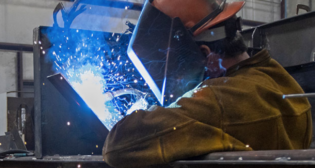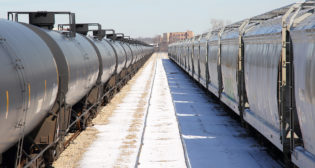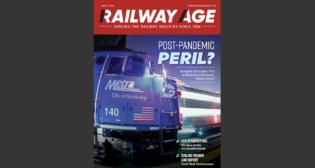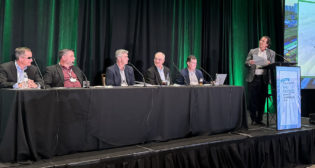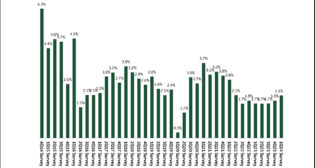
An LRT advocate’s take on Bogota’s Transmilenio
Written by William C. Vantuono, Editor-in-Chief
Responding to a July 10 New York Times article by Elisabeth Rosenthal entitled “Buses May Aid Climate Battle in Poor Cities,” Lyndon Henry, a data analyst for Austin, Tex.’s Capital Metropolitan Transportation Authority and also a technical consultant with Light Rail Now!, wrote the following. As of July 13, the Times had not yet published the response.
“The success of Bogota’s Transmilenio ‘bus rapid transit’ (BRT) system in winning ‘carbon credits’ (Certified Emission Reductions, or CERs) certainly refutes the claims of critics that public transport has only a negligible impact in mitigating CO2 pollution. However, before American and Third World cities rush to replicate Bogota’s BRT, several realities are worth considering.
“The article notes that BRT (like TransMilenio) can be installed ‘at a fraction of the cost of building a subway’—but there’s a more comparable surface rail alternative: electric light rail transit (LRT).
 “TransMilenio’s investment for its initial 24-mile system in2000 was $350 million; adjusting for inflation and national cost differentials, the equivalent cost of a system in a similar U.S. corridor would be about $1.8 billion—about $73 million per mile, roughly equivalent to Phoenix’s new LRT” (shown at left), Henry says.
“TransMilenio’s investment for its initial 24-mile system in2000 was $350 million; adjusting for inflation and national cost differentials, the equivalent cost of a system in a similar U.S. corridor would be about $1.8 billion—about $73 million per mile, roughly equivalent to Phoenix’s new LRT” (shown at left), Henry says.
“TransMilenio’s CERs were awarded mainly on the basis of converting from older buses to new, lower-emission buses. Over 89% of BRTpassengers would otherwise use ‘dirty’ buses; only 4.3% would use automobiles.
“In similar surface alignments, wouldn’t converting from dirty buses to clean electric trains, with their capacity, cost, and environmental advantages, make even more sense—and perhaps attract more riders from cars?”
